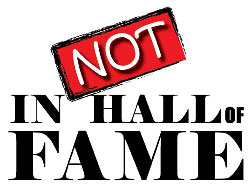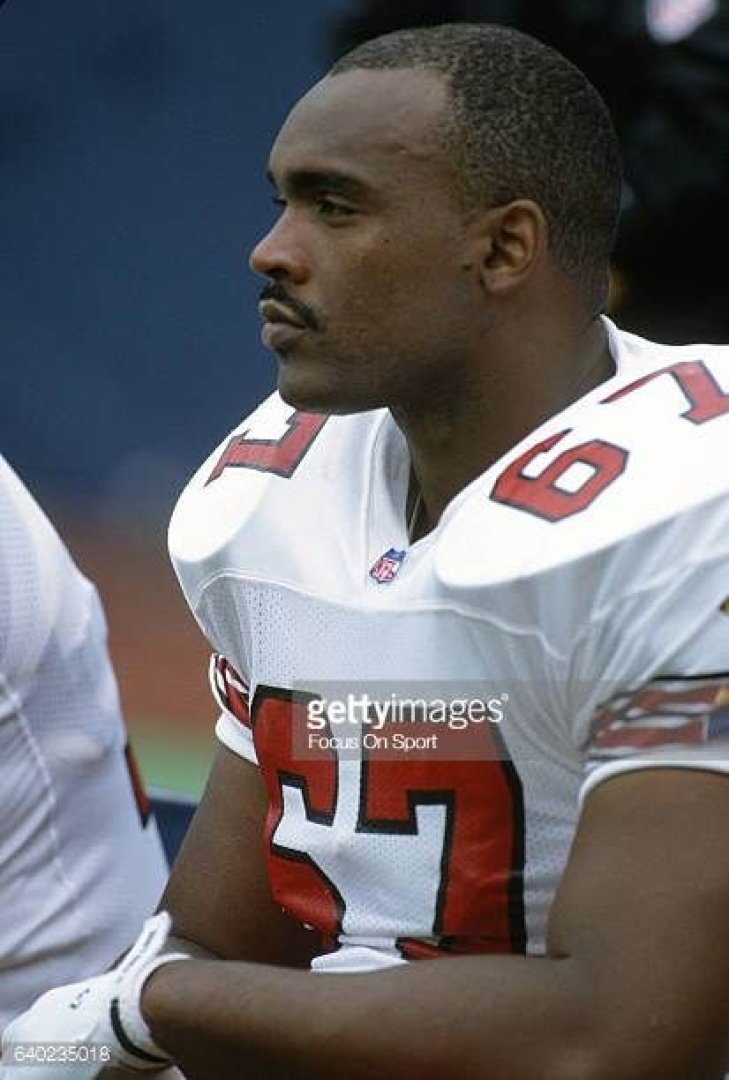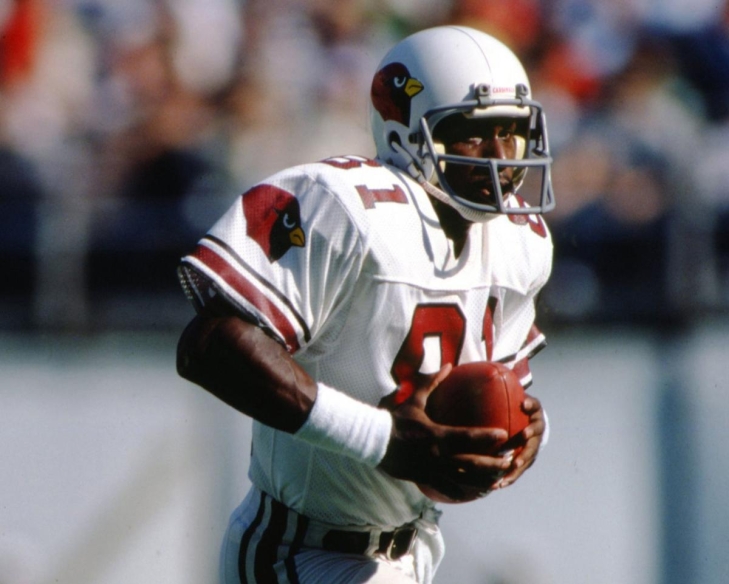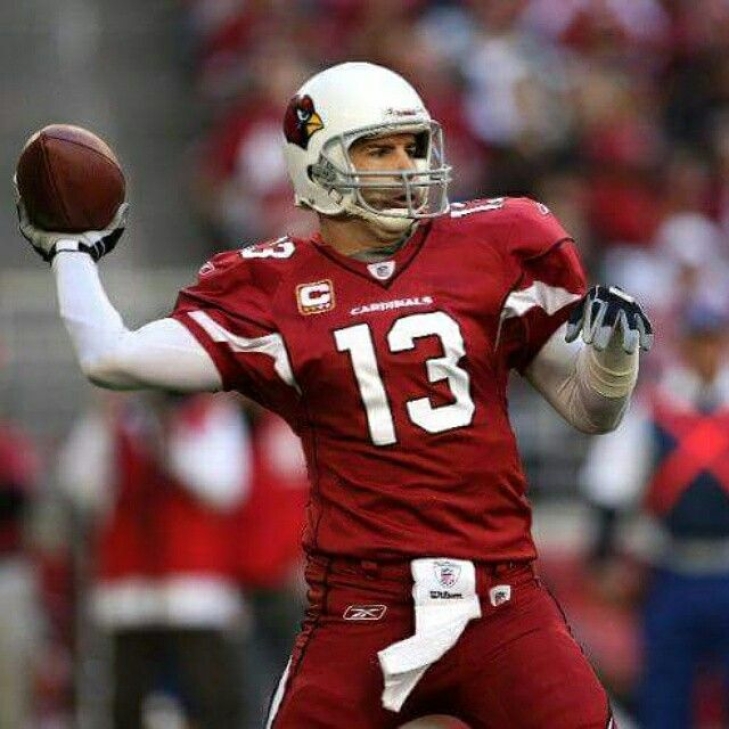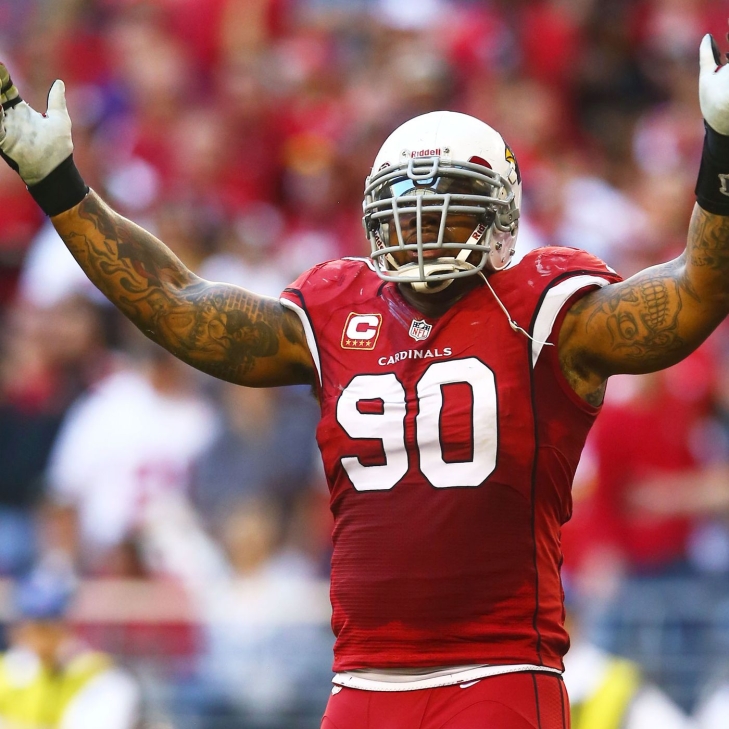
Committee Chairman
22. Luis Sharpe
A Cardinal for the entirety of his 13-year NFL career, Luis Sharpe was the second Offensive Lineman taken in the 1982 NFL Draft, behind only Hall of Famer Mike Munchak. It is a safe assumption that the Cards got the second-best Offensive Lineman of that draft.
Playing for the team while they had geographic designations of St. Louis, Phoenix, and Arizona, Sharpe started all 189 of his Games at Left Tackle, achieving Pro Bowls in three straight years (1987-89) while obtaining Second Team All-Pros in 1988 and 1990. He rarely missed games, stayed relatively healthy for most of his career, and was the building block for over a decade that the Cardinals attempted to build around. The team was not that successful in that regard, as he only appeared in one playoff game, but Sharpe was their top lineman for many years and deserved this spot.
21. Roy Green
In the same draft that the St. Louis Cardinals grabbed an elite Running Back (Ottis Anderson), they landed a top-flight Wide Receiver in Roy Green, though it took longer before that selection paid dividends.
Green was used more as a Returner in his first two seasons before seeing significant action as a Wide Receiver. A permanent starter by 1982, Green broke out in 1983 as a First Team All-Pro and Pro Bowler, leading the NFL in Touchdown Receptions (14) with his first 1,000 Yard year (1,227). Green again was a First Team All-Pro and Pro Bowl Selection in 1984, this time with 12 TDs and 1,555 Yards, with the latter statistic topping the leaderboard.
Green was unable to repeat this success as injuries began to compile, but he did have another four-digit Yard year when the franchise relocated to Phoenix in 1998. He played with the Cardinals for two more seasons before he played two final years in Philadelphia. As a Cardinal, he accumulated 8,496 Yards and 66 Touchdowns and entered the team's Ring of Honor in 2016.
20. Kurt Warner
When you think of Kurt Warner, naturally, the first professional football team you think of (and you should) is the St. Louis Rams, but he did enough in Arizona to extend his legacy and gain an eventual spot in Canton.
Warner signed with Arizona after a year with the Giants, and his first campaign in the desert was disappointing, as Jake McCown even replaced him as the starter for two Games. The year after was much of the same, as rookie Matt Leinart took over as starter for a few Games, but when Warner was on, he was still terrific.
After a better 2007, Warner was electric in 2008, having turned back the hands of time. He went to his first Pro Bowl in years, won the UPI MVP, and took the Cards to their first Super Bowl. Arizona lost, but Warner had a phenomenal postseason, and they would not have been this close without him. After one more good year, Warner retired on his own terms.
Warner entered the Pro Football Hall of Fame in 2017, and we will argue that the 2008 Season with the Cards put him over the hump. Arizona honored Warner with an induction to their Ring of Honor in 2014.
19. Darnell Dockett
Dockett raised his draft value late in his final year at Florida State, and the Cardinals felt he was worthy of their 2004 Third Round Pick. They were proven right.
An All-Rookie and immediate starter at Defensive End, Dockett had his first Pro Bowl in 2007. Two more would follow in 2009 and 2010 when he shifted to Defensive Tackle, with a Second Team All-Pro coming in 2009. A torn ACL kept him out of the 2014 Season, and he was released the following year. Dockett signed with San Francisco but was let go before the season began. He returned to Arizona on a one-day contract to retire as a Cardinal.
Dockett had 40.5 Sacks and 472 Tackles over his career.
